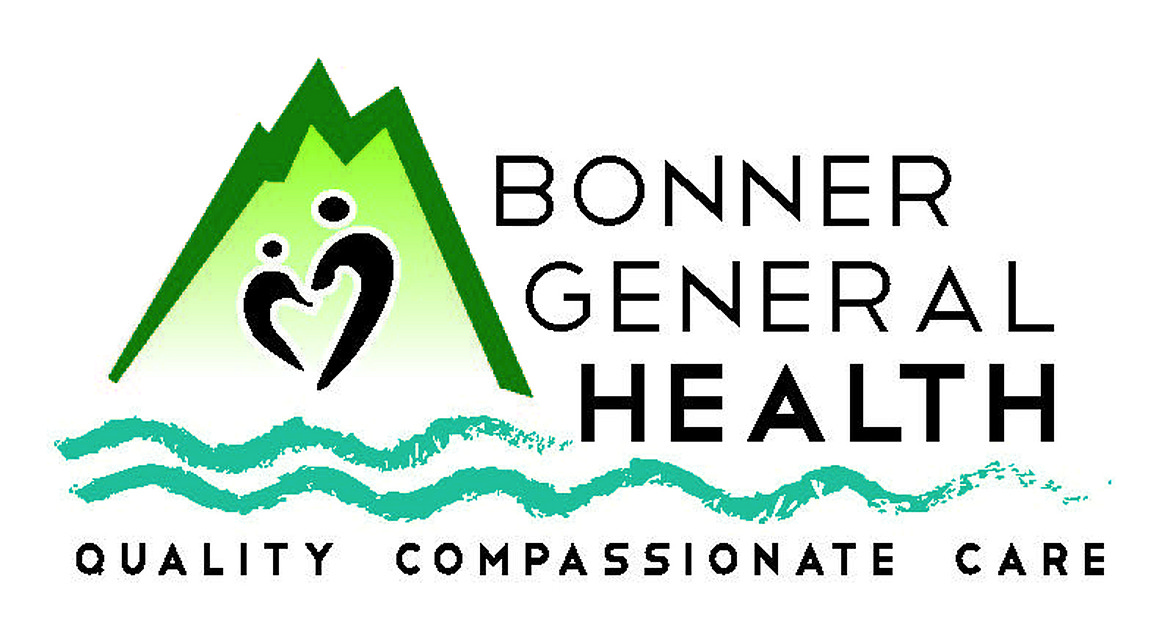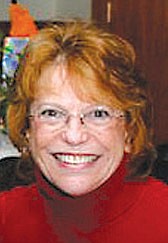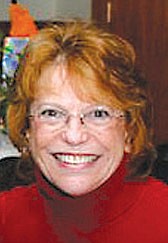Healthy feet, healthy you
Our feet have 26 bones, 33 joints, more than 100 muscles, ligaments and tendons made of strong fibrous tissue, and more sweat glands than any other part of the body. They bear our body weight while we walk or stand. We cram them into our shoes. And the fact is we often take them for granted.
Medline Plus’ website says, “Your foot health can be a clue to your overall health. For example, joint stiffness could mean arthritis. Tingling or numbness could be a sign of diabetes. Swelling might indicate kidney disease, heart disease or high blood pressure.”
Podiatrists at UCLA Medical Group said on their website that the “average person will walk the equivalent of twice around the world in a lifetime, which is a long time on your feet.”
They posted a list of ten tips for maintaining healthy feet. I’m obviously going to share them with you:
- Inspect your feet regularly and pay attention to changes in color, texture, or appearance.
- Maintain good foot hygiene, including washing and drying between the toes.
- Hydrate the skin. Open shoes can cause rapid loss of moisture from the skin and may result in cracking or the formation of fissures. It is helpful to replace the moisture content by using lotions or creams regularly.
One aside note here, WebMD says, “Don’t put moisturizer between your toes. You want to keep the skin there dry to prevent infection.”
- Buy proper-size shoes. You may wear different sizes of shoes made by different manufacturers. Purchase new shoes late in the day when feet tend to be at their largest. Always buy the shoes that feel the best.
- Don’t ignore foot pain. Symptoms that increase or do not resolve within a reasonable period of time need to be evaluated by your primary care provider.
- Cut toenails straight across. Never cut into the corners, as this can cause an ingrown toenail. Gently file away sharp corners or rough edges with an emery board.
- Exercise. Walking is a great way to keep weight under control and is an excellent conditioner for the feet. Be sure to wear appropriate athletic shoes when exercising.
- Alternate your shoes each day. Since the feet have sweat glands, your shoes will absorb moisture from your feet, so it is important to allow your shoes to dry out completely.
- Avoid walking barefoot to help protect your feet from injury and infection.
- Put sunblock on your feet while wearing sandals during the day to avoid sunburn.
The American Orthopaedic Foot and Ankle Society’s website offers these five tips to assess your foot health:
- While sitting, look for things like swelling, discoloration of the skin or nails, blisters, and excessive calluses. Be sure to examine the soles of your feet and toes. While standing, look for changes in the shape of your foot and ankle. If something looks suspicious, make an appointment with your PCP or orthopedic surgeon.
- Assess the blood flow. Press down on the nail of your big toe until the color fades, about five seconds. Then let go and allow the blood flow to return to your toe. If you have average circulation, the return of normal color should take two to five seconds.
- To test your foot flexibility, pick up a small object with just your toes. To test your ankle flexibility, stand on a stair facing up the staircase. Hold onto the handrail. Hang your heel over the edge and let it go below the level of the stair. If this causes pain, stop the test. No strain in your calf? Your flexibility level is excellent. You feel strain? Perhaps flexibility exercises are in order.
- Evaluate sensation by taking a pencil eraser and running it on the top, bottom, and sides of your feet. The sensation should feel the same, although it might tickle a bit on the bottom of your foot. If you lack sensation in one area, repeat in a couple of days. Same result? Call the clinician.
- There should be no pain in the average, uninjured foot. If you have pain and it persists for more than a few days, you know what to do. Bonner General Orthopedics can be reached at 208-263-8597.
Kathy Hubbard is a member of the Bonner General Health Foundation Advisory Council. She can be reached at kathyleehubbard@yahoo.com.



